By Anna Bonavita
During our Ravenna tour we met the contemporary mosaic artist Marco De Luca in his studio. We expected to be impressed by this highly respected master, yet the time spent in his studio left more than a lasting impression on us. Perhaps it even changed the way we look at art objects and artists. Modest and reserved, now in his early 70s, De Luca had just created a large-scale mosaic for the church of Pegognaga, which was partially destroyed by an earthquake. The church was originally built in the 1950’s and was slated for demolition when they called upon De Luca to create a mosaic for the new construction they envisioned.
De Luca shared the story of the commission with us, including the part where the church committee asked him to show his designs, and he was unable to do so. “I do not know what I can do for you, since I do not create images neither do I execute someone else’s design,” he told them. Instead De Luca “paints” abstract art, using the medium of mosaics. A virtuoso craftsman, he allows the materials to tell him what to create. In the end he was chosen to do the work because his proposal was unexpected yet very convincing. True to his values, De Luca offered to build the mosaic from the remaining plain, nondescript bricks of the original church. It took him a full 6 months, piece by piece, to manually cut the so-called “tesserae,” nail-size dies, out of the faded, inexpressive bricks. Every tessera was created by breaking the bricks by hand, and then given a new role through the gentle touch of his fingers.
As in a miracle of resurrection, combined with his talent and a few sparkles of gold, the bricks have become art, as De Luca gave new life to the church building and its community. “It was fitting to do so since the original name of the church was Resurrection,” said De Luca. In awe, we looked at his hands, at his fingers and were deeply moved. We could not agree more with one of his curators: “…This [work] by De Luca is sacred art, not in the sense of adherence to religious practice but in its closeness to what animates us. In it, one moves on the threshold of an extreme, rarefied aesthetic dimension, explored by the artist with the same fluidity of a language with which one could handle a brush to make the canvas vibrate..” As if to confirm, last September the church was named Spirito Santo.


